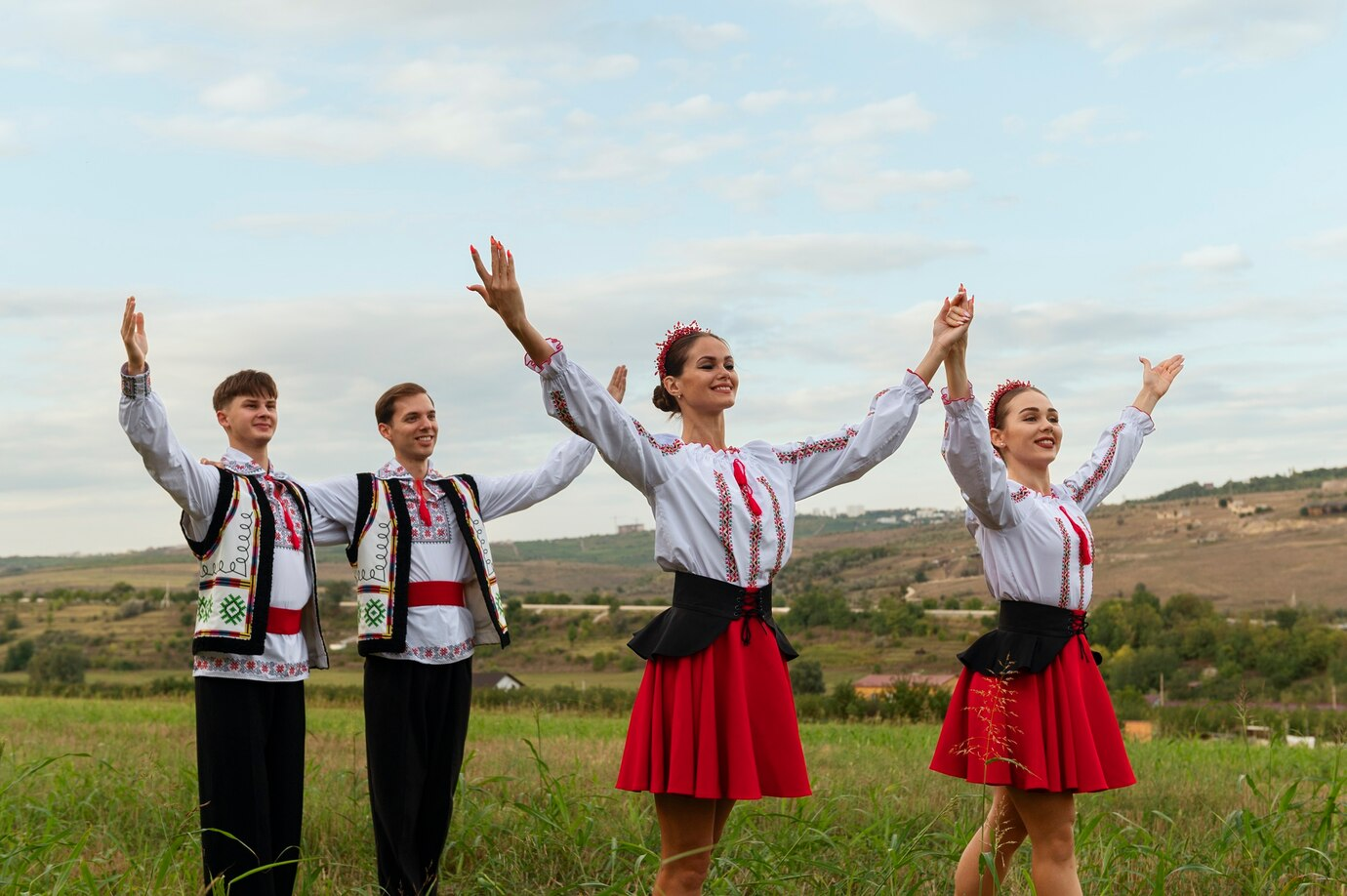The idea of saving and revitalising native sports is becoming more popular because it acknowledges their value in the celebration of cultural heritage and identity. Such endeavours are not only a way to pay homage to traditional practices but also foster community relations while encouraging self-esteem among Aboriginal peoples. In doing so, nations seek to conserve their diverse cultural histories through these activities, which will further enrich the country’s historicity.
Reasons why Native Games should be Revived
There are many reasons why we should revive indigenous games. One is that they keep our culture alive by ensuring its transmission from one generation to another. This ensures the continuity of communities since such gatherings often strengthen social bonds within them. Moreover, when people come together, it fosters unity, thereby promoting patriotism among different nationalities living together as one nation.
It also offers an opportunity for physical exercise, leading to healthy lifestyles, especially in areas where current sports may not reach. Additionally, engaging in such activities could be even more thrilling if participants have access to platforms like Melbet apk, where they can make predictions or place bets on the outcomes of these traditional games, adding a modern twist to ancient practices.
Successful Attempts at Resurgence
A number of countries have succeeded in bringing back Aboriginal games into prominence through various means. Some notable examples include:
- Australia: Here, traditional Aboriginal sports such as Marn Grook have been reintroduced and gained popularity, thus bringing out the rich cultural history behind them.
- Canada: The Arctic Winter Games were established to celebrate Inuit sport activities like the one-foot high kick, which serve as a means of preserving northern indigenous traditions while also promoting them.
- New Zealand: Integration of Maori games like Ki-o-Rahi into school curriculums has played a significant role in upholding Maori culture, hence ensuring its widespread appreciation.
These instances show how specific approaches can effectively rekindle public interest in native pastimes, thereby enhancing cultural pride among people and ensuring continuity.

Promotion Methods
In order to promote native sports, it is important to adopt a number of approaches such as government backing, community participation, and global recognition. These methods are aimed at making sure that cultural games are identified with people from all walks of life and remain popular in the future.
Role of Education Systems
One of the key roles played by education systems is promoting indigenous sports through their inclusion in school curriculums. This move serves as an avenue for sparking interest among learners at an early age, thus ensuring that they grow up appreciating these traditional activities.
For instance, physical education programs offered in schools could incorporate games originating from various communities or even organise inter-school competitions where such kinds of sports would be featured. By bringing native sports within reach through schools, cultural heritage will be preserved while at the same time fostering teamwork among students, health, and wellness.
Utilisation of Media Technology
Media and technology have become critical aspects in creating awareness about indigenous games globally. Platforms like social media sites, television broadcasts, and online streaming services can be used to showcase different types of traditional matches, which may attract international attention, hence creating curiosity among people worldwide.
Additionally, modern technologies can make them more interesting through interactive apps or virtual reality experiences that allow users to learn about these digitally simulated forms of physical exercise. Through this approach, promoters will have wider coverage and an engaged audience, leading to the continuity and development of aboriginal sports worldwide.
Challenges in the Revival Process
There are many difficulties faced when trying to bring back traditional or indigenous sports. One of them is that contemporary society tends to favour more popular forms of athletic competition, thereby casting a shadow over customary games. Moreover, resources are scarce, and funds are scarce for the development of Indigenous games, resulting in a lack of facilities and support systems.
Young people may not be aware of or appreciate their richness because they are attracted by globalised sports. Hence, these should be exposed through various means, such as education and media, so that they can understand their significance within cultural diversity. All this needs joint action between governments, communities, and cultural institutions if we want them preserved as living treasures.

Impacts on Local Communities
The impacts of reviving native sports on host communities cannot be underestimated from an economic and social perspective. Some key impacts include:
- Economic benefits: Hosting events based on Indigenous games might lead to tourism growth, among other benefits, thus promoting local businesses too.
- Cultural education: These activities act as platforms where young people can learn about their own culture through doing rather than just hearing about it.
- Community cohesion: Taking part in traditional competitions helps foster unity among members who would otherwise have never come together, except for their common interest in these particular kinds of physical endeavours.
In general terms, such undertakings heighten pride within neighbourhoods while keeping alive ancient practices even amid modern times.
Conclusion
Revitalisation of Indigenous Sports is imperative for cultural preservation and community development. Through this process, different aspects like history and knowledge sharing are celebrated, thus fostering cohesion among societies at large. Additionally, there are financial gains associated with such events since they attract tourists and improve local economies significantly. Therefore, we must recognise our past by embracing traditional games without neglecting future generations’ need for continuity in these vibrant customs.

